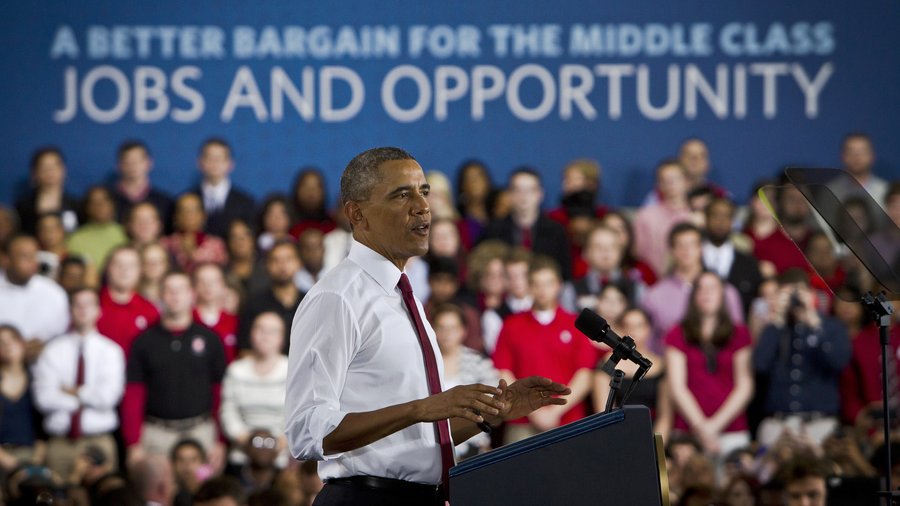Dozens of executives, engineers and researchers crowded into North Carolina State University’s Hunt Library early Thursday, part of what Cree CEO Gregg Lowe called “an invisible revolution.”
“We’re the folks behind the curtain… revolutionizing a whole bunch of industries,” Lowe told the crowd from the stage.
Lowe and his cohorts were gathered for the annual show-and-tell workshop of a Department of Energy-funded consortium, dubbed PowerAmerica. The $140 million initiative, announced in Raleigh by President Barack Obama personally in 2014, is in year three of its five year commitment to find ways to scale up next-generation semiconductor manufacturing.
And it’s going strong, PowerAmerica CTO Victor Veliadis told the crowd.
The goal is to scale up U.S. manufacturing when it comes to wide bandgap semiconductors – silicon carbide devices that can operate at higher temperatures and at efficiencies that far eclipse silicon alone. Electric cars can go faster with one charge. Smart grids can be optimized. Power devices can be fueled by smaller, more efficient devices. And the list goes on.
Last year alone, the initiative, whose partners include Cree, ABB, John Deere and others, initiated 33 one-year projects carried out by industry, university and national labs, Veliadis said. And a request for proposals was released on August 13 for the next batch of planned innovations.
This year, 27 wide bandgap projects are planned, “and we’ll be adding more,” he said. “We’re hoping we’ll get good results that are going to benefit the community,” he added.
The projects vary – but all involve developing efficiencies that can save companies money and potentially create jobs. John Deere, for example, is figuring out how to use the technology for a hybrid loader, one that could perform 25 percent more work, per gallon of fuel. The eventual goal is a 40 percent reduction.
PowerAmerica was created off one question. “It’s, what do we need to do to create large volume manufacturing in the United States?” Veliadis says.
And one of its answers involves the talent pool.
PowerAmerica is taking advantage of its Centennial Campus headquarters, training North Carolina State University students on the next-generation technology.
“Without a trained workforce, people will not know how to use these technologies, therefore they will not be adapted and demand for this technology will not go up,” Veliadis told the crowd.
And it’s all proving critical to manufacturers in the space – particularly Cree, which recently announced a new strategy that prioritizes the division pumping out these kinds of semiconductors, known as Wolfspeed.








